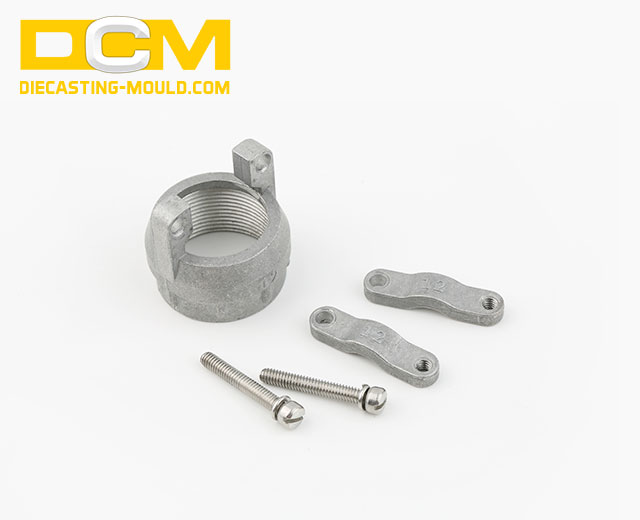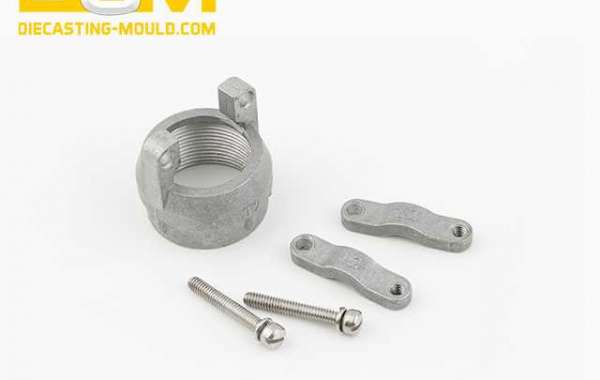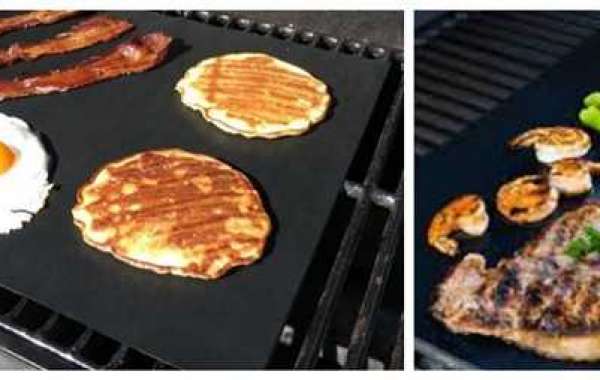Alloys are cast using dies.
Its ability to produce parts with a high degree of uniformity, a high degree of design accuracy, and high-quality surface finishes, among other characteristics, distinguishes it from competing fabrication processes. When used in conjunction with post-production machining, die casting can significantly reduce or eliminate the need for this step, increasing the cost-effectiveness of the process while also shortening the time required to complete the fabrication. Die die casting aluminum of stronger metals, such as certain grades of steel, is possible; however, there are a wide variety of alloys that are well-suited for die die casting mold methods.
Die casting dies are typically made of hardened steel, and they are the most expensive component of a die aluminum die casting machine due to the fact that they are the most difficult to produce. However, while these molds are capable of handling a wide range of alloy families, die die casting defects causes and solutions is generally more effective on metals that have low fusing temperatures due to the lower fusing temperatures experienced during the die die casting defects causes and solutions process. The most commonly used die aluminum alloy die casting alloys, as a result of this, can be classified into a few distinct categories based on their composition and material properties.
Zinc alloys are a type of alloy that contains zinc as one of its constituent elements.
Zinc-based materials are relatively simple to die cast, and they react favorably to the die molding process
Typically, these materials are composed of a combination of metals that are combined in specific amounts
As an illustration:According to the manufacturer, a typical zinc-based die die casting China workpiece is composed of 86 percent zinc, 4 to 7 percent copper, and 7 to 10 percent tin
When tin levels are slightly higher than normal, the workpiece becomes more flexible, whereas when copper levels are higher than normal, the workpiece becomes more rigid
Zinc alloys have a melting point that varies between 700 and 800 degrees Fahrenheit, depending on the composition of the alloy

Tin alloys are a type of alloy that is composed primarily of tin.
In applications requiring corrosion resistance, such as the food industry or internal and external bearings, alloys containing a significant amount of tin as the base metal are the most frequently used as the base metal. Tin alloys are the most commonly used as the base metal in applications requiring corrosion resistance. This alloy contains 90 percent tin and 6 percent antimony and 4 percent copper, the latter of which is added to increase the material's durability. The proportion of metals in this alloy can vary greatly, but a typical tin alloy contains 90 percent tin and 6 percent antimony. Tin alloy die castings are typically less than ten pounds in weight and have a thickness that does not exceed a third of an inch in thickness. Even though they are highly prized for their resistance to alkali as well as acids and water, their tensile strength is only about 8,000 pounds per square inch, making them an unsuitable material for high-stress environments.
Bronze and brass alloys are used in the production of alloys.
To put it another way, the majority of bronze and brass materials can be die cast with equal success as zinc-based alloys; however, small holes can only be drilled into a workpiece after it has been cast, rather than during the China die casting manufacturer process. Bronze and brass are frequently used in the production of washers, camshaft components, and decorative products (due to their distinctive coloring and the ability to achieve a variety of surface finishes). Bronze and brass are also used in the production of camshaft components and decorative products. While the typical brass alloy is composed of 60 percent copper, 40 percent zinc, and 2 percent aluminum, it is possible to create a variety of different alloys by combining these elements in different ways. Die die casting company bronze and brass products can achieve product characteristics such as a durable surface and highly accurate interior specifications by using a die China die casting mold process.
Aluminum is a metal that is used in a variety of applications. Al-based alloys are a type of alloy that is composed primarily of aluminum.
It is reported by the manufacturer that die cast aluminum alloys are commonly found in automobile parts and gears, and that they have also been used in the production of surgical instruments in the past. The majority of zinc-based materials are stronger and lighter than these composites, but they are more expensive to manufacture in the long run. Finishing treatments such as plating can be reduced in the use of aluminum alloys, which are composed of 92 percent aluminum and 8 percent copper. One common grade is composed of 92 percent aluminum and 8 percent copper, according to the manufacturer. By adding magnesium to this alloy, its tensile strength can be increased from approximately 21,000 pounds per square inch to approximately 32,000 pounds per square inch. Nickel can also be added to increase rigidity and provide a better surface finish, resulting in a stronger alloy with a higher tensile strength and a better surface finish. The melting point of an aluminum alloy is estimated to be approximately 1150 degrees Fahrenheit, according to current research.








